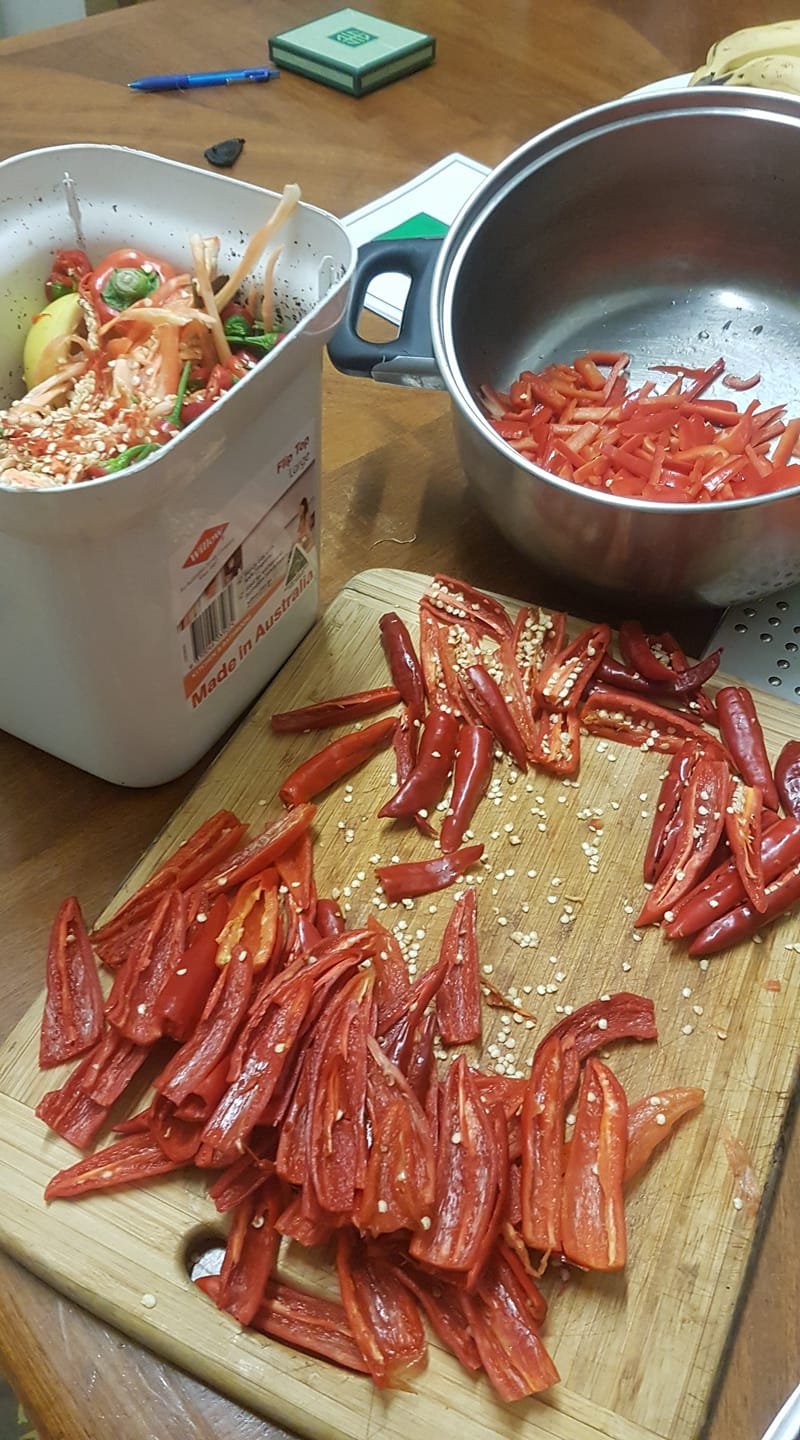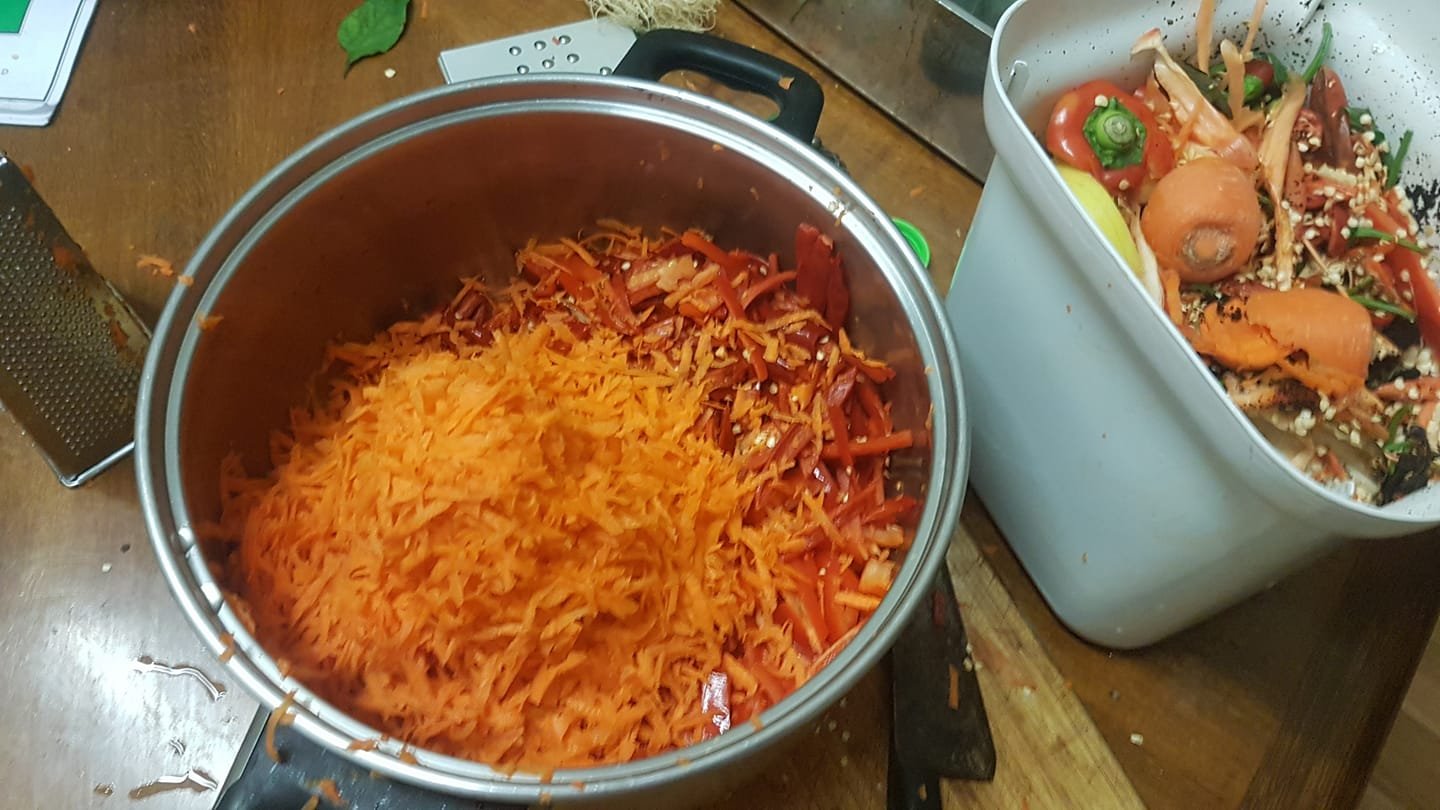This week we’re going to talk about preservation, and I don’t mean preservation of the natural environment through bushcare. I’m talking about preserving food.
You can listen to the Podcast.
There is lots of fresh food around right now because the summer harvest is coming in. Whether you are growing food or shopping for it, you might have so many options that you don’t know what to do with it. Right now, here is Brisbane, there are tomatoes by the bucket load and the pumpkins are stacked so high they are almost falling off the shelves. Chillis are everywhere, I’ve got piles of carrots, eggplants, basil and various melons.
The aim is to preserve all this food so that you can eat it in winter, when there is not much fresh food around. There are lots of ways to preserve food, and this week I’m going to describe how those methods work and then run through chilli jam as one example.
Food goes off, rots, decays and decomposes when microbes get to it. The trick is to stop the microbes. We do that by robbing them of water or air, or by creating a hostile environment for them in some way.
Let’s start with removing the water, because that’s pretty easy.
Dried fruit, beef jerky and potato chips have all had the water removed so that the microbes don’t get a hold on them. In a humid climate like Brisbane, we have to use dehydrators to get the moisture content low enough to prevent mould. I sun-dried a whole lot of apricots, mandarin peel, paw paw seeds and other goodies, only to have them all go mouldy in the jars. You can use salt or sugar to speed up the process and further protect the food. Think salted fish or glace ginger.
The other most popular methods are to use salt or sugar to suck the moisture out of the food and seal it in syrup, brine, vinegar or oil, that does not support microbial life. The chilli jam pictured below is a simple example of using sugar to preserve food. Salting your cucumbers and boiling them in vinegar to make gherkins is a similar approach with a different result. Salting small fish and preserving them oil is the way we keep sardines and anchovies.
A more sophisticated approach is to encourage a controlled population of microbes that will stabilise in some delicious way. This is the art of fermentation and is the basis of beer, bread, sauerkraut, kimchi, wine, whiskey and cheese. That is a rich and complex topic, sweet ears, best left for another day.
.



The series of pictures show the process of slicing up chillis and grating carrots, burying them in a mound of sugar, adding water and then boiling them until thick and putting the resulting chilli jam in sterilised jars. I use equal weight of sugar to fresh ingredients, which is the traditional approach to making jams but not terribly modern approach to healthy eating.
Here is a tabasco style sauce which is basically chillis cooked in salt and vinegar and then pureed and strained.

